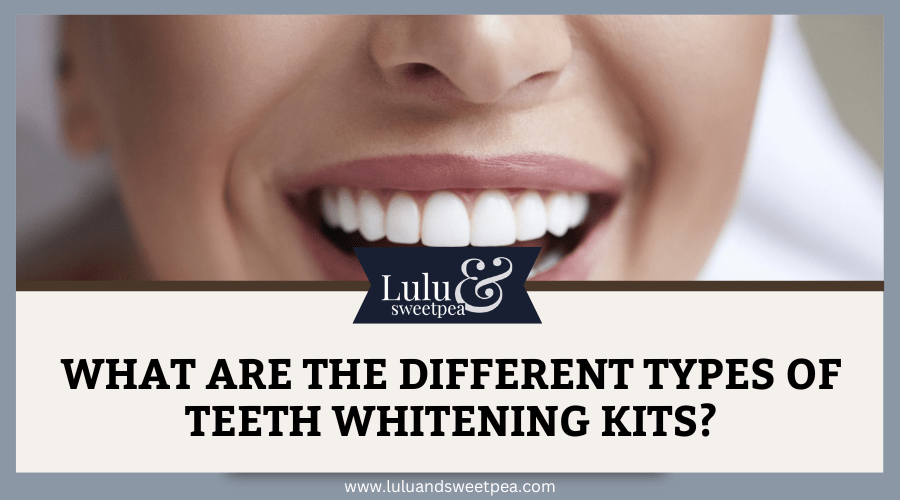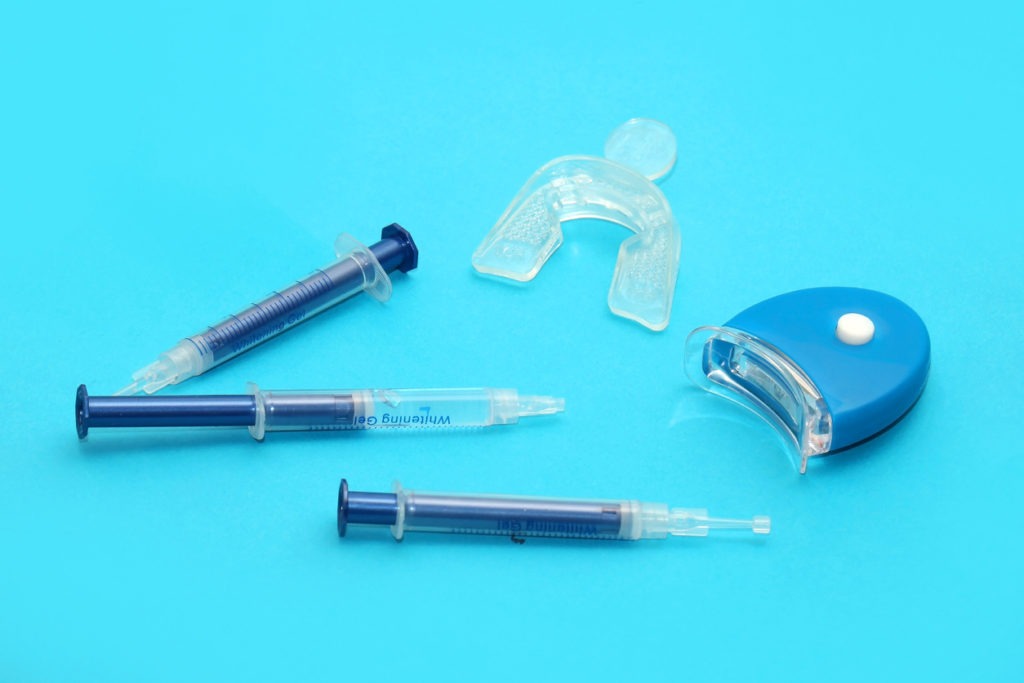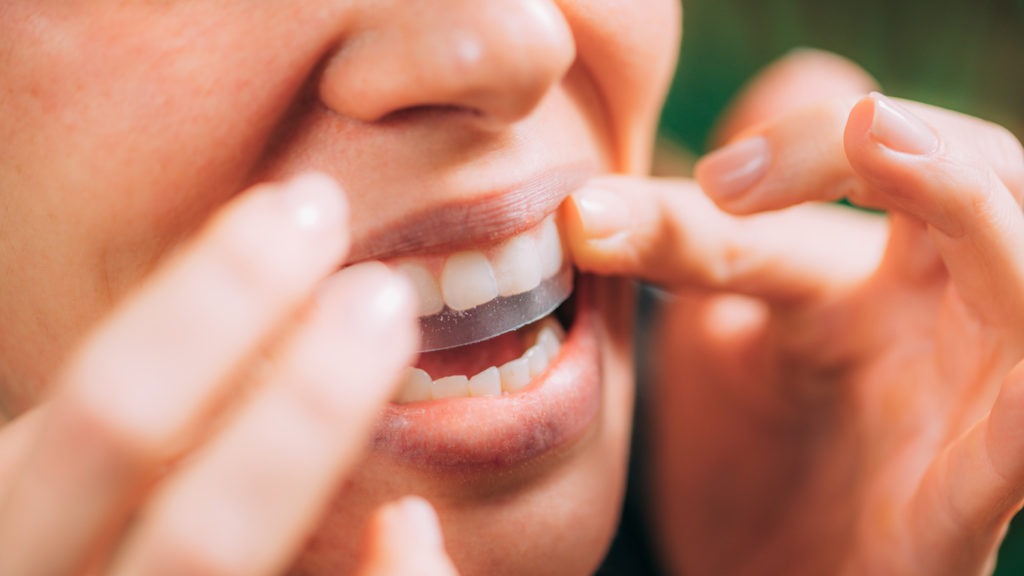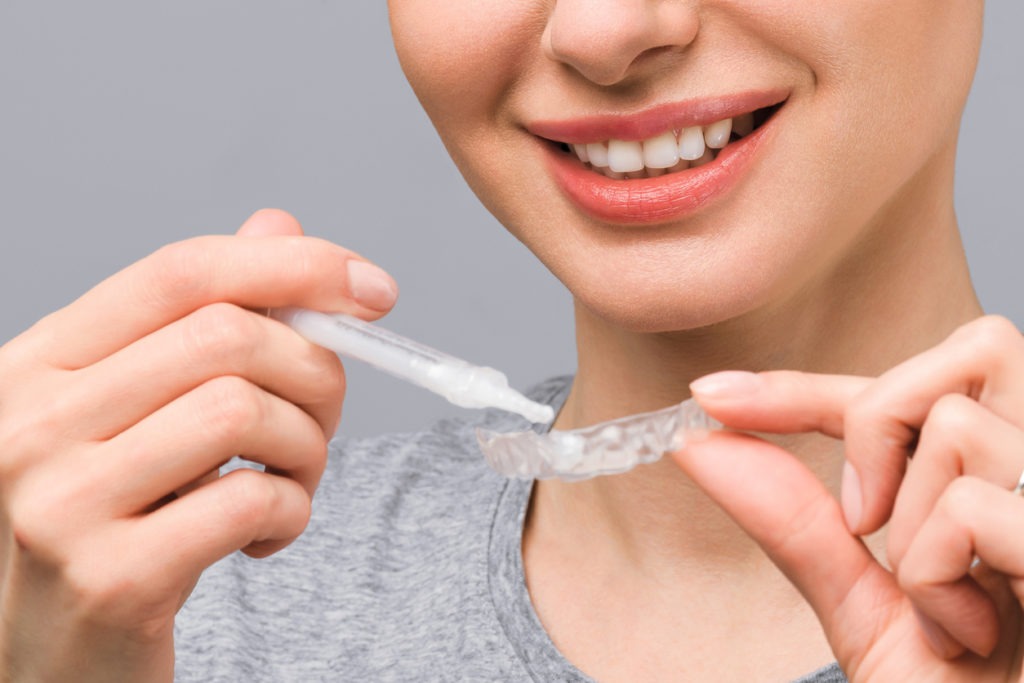One of the most beautiful ways to express emotion is with a smile. A smile can convey a wide range of feelings and thoughts. It enhances the appearance of your face and conveys a variety of feelings, like shyness, joy, love, warmth, and fondness. It can also be a reflection of your lifestyle. Coffee, tea, or nicotine stains, however, can reveal a yellowish smile.
What is Teeth Whitening?
The term “teeth whitening” includes a range of procedures intended to enhance the brightness and whiteness of someone’s natural teeth. There are many ways to whiten teeth, including bleaching, UV light therapy, and sanding out stains. Moreover, according to the ADA, “whitening” refers to any procedure done in one of two ways that will cause teeth to appear whiter. The natural tooth color can be altered using a product that bleaches teeth. Bleach includes peroxide, which helps in removing both surface and deep stains. On the other hand, a non-bleaching whitening treatment has components that only work to eliminate surface stains.
Teeth Whitening Options
Options for teeth whitening range from toothpaste with whitening components to dentist-supervised professional teeth whitening procedures. There are currently three main approaches to whiten teeth. All three approaches rely on different peroxide concentrations and different application times.
1. In-Office Whitening
The main advantage of in-office whitening is a significant color change in a short amount of time. In strict compliance with this approach, a paint-on rubber dam is used to protect the gums before a dentist or other skilled technician applies a relatively high concentration peroxide gel to the teeth. Typically, the peroxide stays on the teeth for a total of one hour (at most) over several intervals of 15 to 20 minutes. Those with especially difficult stains may be instructed to continue using a home-use whitening kit or advised to come back for one or more additional bleaching sessions.
2. Professionally Dispensed Take-Home Kits
According to a number of dentists, take-home whitening kits that have been professionally dispensed might deliver the best results over time. Take-home kits include an easy-to-use, lower-concentration peroxide gel that stays on the teeth for at least an hour (sometimes overnight). The length of time peroxide can safely stay on teeth increases with decreasing peroxide proportion. To apply the gel to the teeth, users wear whitening trays that are specially designed to imitate mouth guards.
3. Over-the-Counter Products
The least expensive and most practical teeth whitening option, over-the-counter bleaching uses a store-bought whitening kit with a bleaching gel that has a lower concentration than the take-home whiteners that are professionally dispensed. To apply the gel to the teeth, one-size-fits-all trays, strips, or paint-on applicators are used. In many instances, this may only lighten a few of the front teeth, as opposed to custom trays, which can lighten the entire set of teeth.
What are Teeth Whitening Kits?
Teeth whitening kits are a set of chemicals and tools that let you whiten your teeth without having to spend hours waiting in line at the dentist. Teeth whitening kits are a godsend for eliminating those yellow, mellow smiles in this day and age when you can get anything online or in stores. These kits are easily and readily available to anyone who desires to whiten their pearly sets as they are considered over-the-counter products – no prescription is needed to purchase a teeth whitening kit.
Types of Teeth Stains
You must select a whitening method that targets the type of stains you have if you want to effectively whiten your teeth. If you have both intrinsic and extrinsic stains (discussed below), you’ll probably need to select a whitening method that safely targets each type.
Consult your dentist if you are unsure about the type of stain you have. They can provide you advice on the types of stains on your teeth and the best treatment options.
1. Extrinsic Stains
Extrinsic stains are found on your teeth’s surface. These occur as a result of environmental exposure to substances that stain the enamel of your teeth. This kind of discoloration can be brought on by smoking, coffee, and artificial food coloring.
According to a 2014 study, [1] extrinsic stains can also be connected to antibiotic use, just like intrinsic stains.
2. Intrinsic Stains
Intrinsic stains are those that exist deep within your tooth enamel. When you are a child, intrinsic staining may exist even before your teeth erupt from your gums.
Antibiotic use, significant fluoride exposure, and thinning of tooth enamel as you age all contribute to the development of these stains. According to the same study above from 2014, intrinsic staining can occasionally even be genetic.
Types of Teeth Whitening Kits
1. Whitening Strips
It’s no surprise that whitening strips are the most common type of teeth whitening because they work well and are reasonably priced. The majority of drug stores offer whitening strips, which are thin, flexible pieces of plastic coated in a peroxide-based solution. In order to see the effects, you often need to wear them for 30 minutes a day for a week or two. Results of this type of whitening kit should last for at least a few months before it’s time to whiten once again.
2. Pre-made Whitening Trays
A strong whitening gel is contained in the lining of pre-made whitening trays, which brightens your teeth.You may need to wear the trays for up to an hour each day for a few days to see the effects, depending on the type. However, because of the fact that these trays are store-bought, these one-size-fits-all trays won’t always fit your teeth. And because the trays don’t fit your teeth very well, the gel may leak out of the trays and get on your gums which could irritate them.
Are Teeth Whitening Kits Effective?
While teeth whitening kits are a great alternative to seeing the dentist, they cannot entirely replace the role of a dentist. First, have your dentist examine your teeth to see if you have any other dental issues, like a cavity. Cavities make your teeth more sensitive, thus using teeth whiteners in these circumstances is not advised. Your sensitivity can become more intense as a result.
Now, whether or not the results of teeth-whitening kits are long-lasting is a subject for uncertainty. Yes, the manufacturers do state that they will remain effective for a while, but only temporarily. Its efficacy mostly depends on your lifestyle choices, including whether you decide to quit using nicotine or caffeinated beverages. If you have any doubts or do not want to take any chances, you may reapply every three to four months.
Side Effects
When procedures are carried out as instructed, teeth whitening treatments are thought to be safe. Nevertheless, there are a few risks connected to bleaching that you should be aware of:
1. Sensitivity
Temporarily elevated sensitivity to pressure, temperature, and touch can be brought on by bleaching. Using bleach for in-office whitening procedure, temporary tooth sensitivity is more likely to occur when the bleach is in high concentrations. Zingers, or unexpected shooting sensations, can occur in certain people’s front teeth. The majority of people who experience discomfort during teeth whitening have gum recession, significant cracks in their teeth, or leaking as a result of defective restorations. Additionally, it has been noticed that redheads, especially those without any other risk factors, are particularly prone to tooth sensitivity and zingers. The sensitivity to whitening typically only lasts a day or two, although on rare occasions it can last a full month. Some dentists advise using toothpaste containing potassium nitrate for patients with sensitive teeth.
2. Gum Irritation
More than half of people who use peroxide whiteners report having gum irritation to some extent as a result of the bleach concentration or coming into contact with the trays. Once bleaching is stopped or the peroxide content is reduced, this discomfort usually subsides after a few days.
3. Technicolor Teeth
While the teeth around them are being whitened, restorations like bonding, dental crowns, or veneers preserve their natural color because bleach has no effect on them. The result is what are referred to as “technicolor teeth.”
Conclusion
As with any other part of your body, your teeth need to be taken care of. Depending on the quality of your teeth, it could either make or break your smile. Teeth that are discolored can have a negative impact on your smile and how you appear to others. By using a teeth whitening kit, you can restore the brightness of your smile and maintain your self confidence.
You can avoid the hassles of a dentist visit and save money by using a high-quality teeth whitening kit. All you have to do is choose the method that best meets your demands and budget, regardless of whether you choose to use a completely organic combination of ingredients to repair your stained teeth or you would do well with the chemicals.



